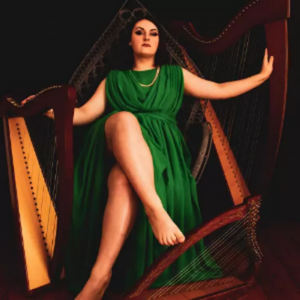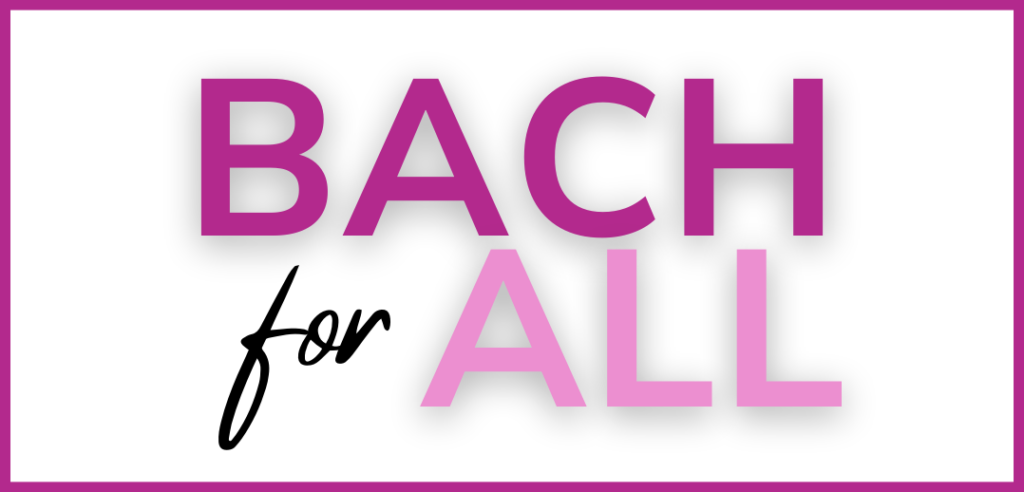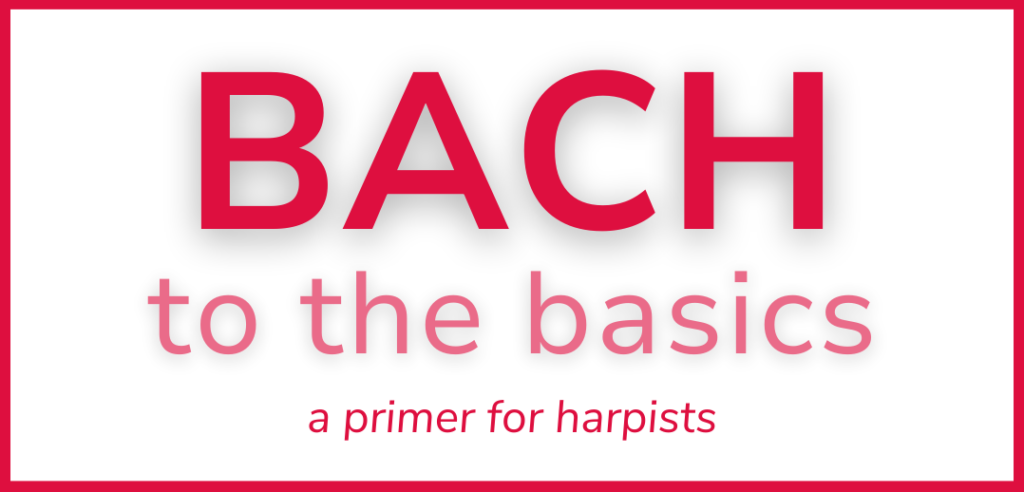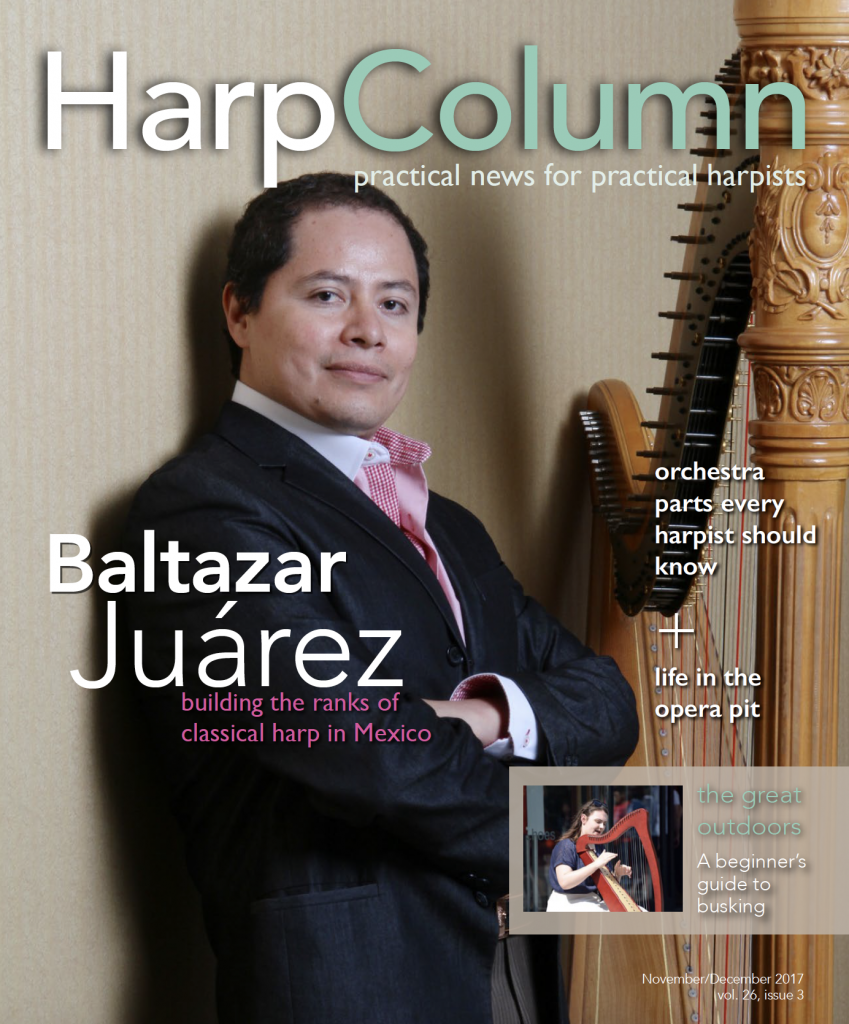Why I Busk
Find out why Sam Hickman feels compelled to take to the streets in this article extra.
read now
What if I told you I have a gig where I make my own hours, earn decent money, and pick my own office? Don’t believe me? Well, it’s the truth, promise. I am a busker, and I’m going to show you how you can play this great gig too. I’m a singing harpist based in Cardiff, the capital city of sunny Wales, and I have been busking around the UK for almost five years. I’ve learned a few things during my time out and about that will help the budding busker.
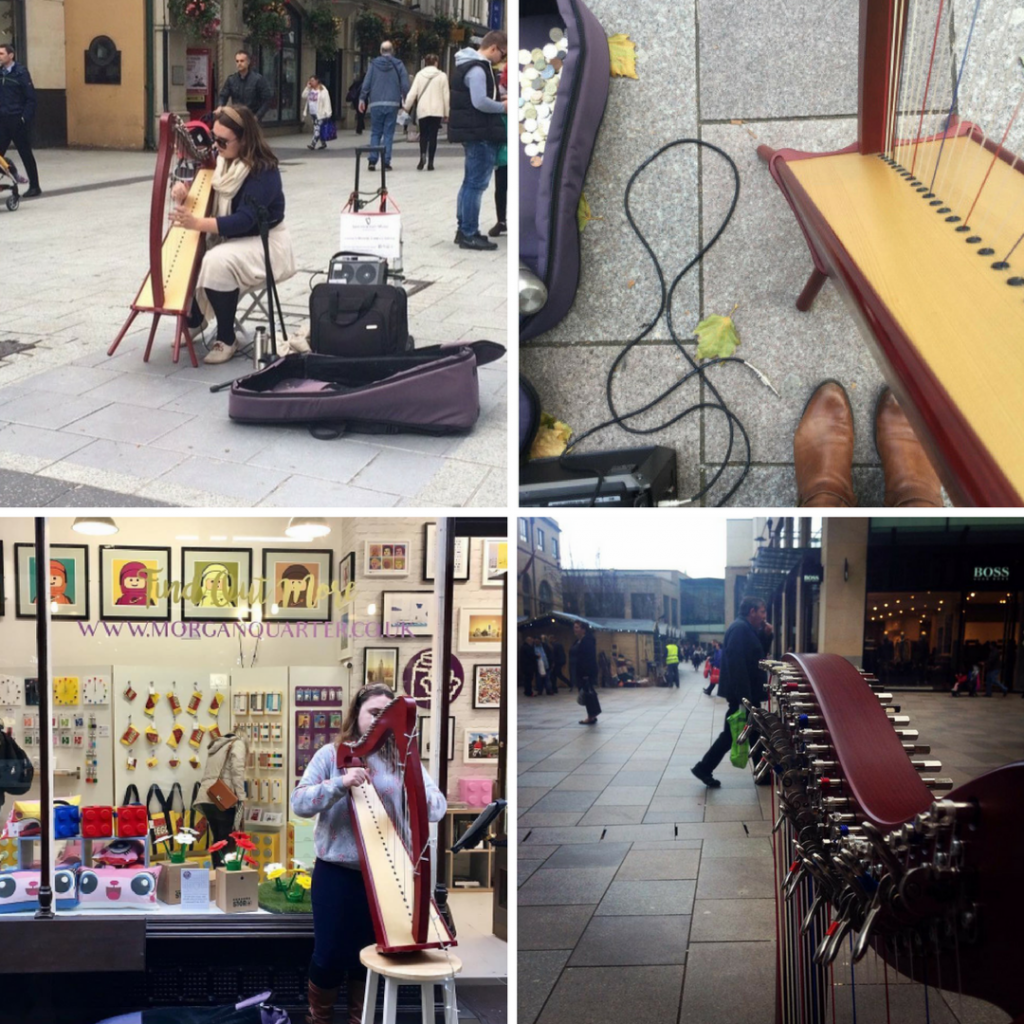
Step 1: Follow the Rules
Before you do anything, you need to know the rules for busking in your city or town. Do you need a permit? What hours is busking allowed? Are there restrictions on amplification? Your local city or town government is usually the go-to source for this information. Many times this information is available on the city’s website, but if you can’t find out there, a simple email to local officials will get answers to your questions.
Step 2: Know the Customs
Official regulations aren’t all you need to be aware of. You also need to do a little digging to understand the local busking customs. If you’re in a town with a thriving busking scene, a quick web search will enlighten you on what the common practice is. If you’ve got the gumption for it, talking to other buskers is always a good way to get up to speed. Just make sure you do your homework before talking to other buskers and remember to be respectful and polite.
Step 3: Master the Load-In
Make sure you can carry all of your equipment in one move. This is important not only because you could be walking a fair distance to your set-up point, but also you might need to pack up and run for cover on short notice (see step 4). My load includes a briefcase with wheels that I attached with a bungee chord to a sack cart that holds all my essentials, and my harp, which I carry on my back.
I walk about a mile back and forth with this configuration. Similar to backpacking, weight is an important consideration when packing your gear. My instrument, a Camac Bardic, is 15 lbs.— a comfortable weight for me to carry on my back. I use a sack trolley for my equipment because it has large wheels and is very easy to maneuver. If you look at other buskers with lots of equipment to carry, they will probably have the same sort of set up. Occasionally you’ll see a busker with an entire wagon of stuff, but that’s generally an indication that he has too much stuff.
Step 4: Check the Weather Forecast
This sounds like a no-brainer when you are playing outdoors, but even the sunniest day can turn on a dime, so check the weather forecast before you head out the door. I have two weather apps on my phone, and I barely trust either of them. Be skeptical: If it rains it’s not a $50 guitar, it’s a $2,000 harp.
Step 5: Tune in
The next step is to find a pitch. A pitch is what we call the location where you set up to play. (I am almost certain that whoever coined this term is still laughing about the pun today.) In picking your pitch, choose a space that has level ground, decent enough acoustics, and is relatively quiet. If you are fully amped, then ignore the latter two criteria and just plant your flag anywhere. If you’re using gut strings that will be sensitive to direct sun, it might be a good idea to set up under a nice shady tree or covering, or pick a time of day where the spot you like will be in the shade. My favorite pitch is very sunny during the mornings then nice and shaded in the afternoons, which is ideal for escaping the hot summer sun, but can get very chilly in winter. So remember to bear in mind the temperature and sun/shade when you go out, or you’ll spend the other 50 percent of your time tuning as well.
Step 6: Pack Your Bag
It was only through trial and error that I finally got the perfect busking bag. I used large shoulder bags for years, but to put more weight on your shoulders when you’re already carrying a harp on your back is just silly. Don’t do it! I’m a backpack-on-wheels kinda gal now. Even with my gig harp I have a backpack to keep everything in. So if you can find a gig bag that will roll or be worn on your back, you’ll have the flexibility you need to haul your gear without breaking your back.
Step 7: Be a Gearhead
Speaking of gear, let’s talk about what buskers need to bring with them. Figuring out what you need is pretty simple, as it’s all the things you’d use for a performance—simple things like:
A folding stool: Take one that you can put in your bag or attach to your harp case.
An amp: I use a Rowland Mobile Cube, which was suggested to me by another harpist, and it is brilliant! I use it for all my fancy well-paying gigs as well as on the street.
A tuner: With temperature fluctuations outside, tuning is bound to be an issue. I use a chromatic tuning app on my phone so I always have something to tune to with me at all times.
Business cards: When I first started busking, I was getting so many people asking for my card, that I figured it was worth the cost to invest in business cards. The amount of fantastic opportunities and bookings I’ve gotten from busking have been well worth the investment.
A spare coat: Even in summer you may get chilly. It’s a surreal experience to put a jacket on in August, but I have done it many times. And I don’t mean a nice fancy coat you’d wear to impress your friends—an outdoor coat, with a fleece lining, because you are outside and it is cold! Dress as if you are going on a mountain hike, not like you are going for a night on the town.
Thermal socks: These are a good idea as your feet are usually the first thing to get really cold sitting out in the elements for hours.
An umbrella: You never know when you’ll get the surprise bursts of rain.
Sunscreen: I have some very strange harp tan-lines, so I would say this is one of the important ones to keep in your bag for the surprise first days of summer.
Fingerless gloves: You might feel very silly because fingerless gloves look ridiculous, but you will also be able to feel your fingers on a chilly November day, so the choice is yours. I have a pair of thick outdoor gloves for winter busking, and my hands quickly adjust every year to the change of wearing gloves while playing.
Tissues: They’re important to bring this time of year, not because you get sick or anything, but simply being in the November cold can give you a runny nose, so they are an essential part of the kit at this point.
Spare strings: If you have nylon strings, they won’t break very often. I have nylon strings on my harp that only started breaking this year after three years of constant use. But if you’re playing on gut then a full set of spares is always useful.
Spare amp batteries: If your amp goes, then you might be done for the day. Don’t be fooled thinking, “this is a large instrument so people can hear me” on the street. There aren’t nice acoustics or the lovely calm silence of a concert hall. It’s the streets, and the streets are loud. It’s not so much the noise of people yelling, it’s more the minor sounds that compound—people’s footsteps, doors slamming, distant traffic—there’s always a low rumble over which you need to be heard.
A case/hat/box/basket: This is so people can give you money for your talent. Last year I played a paying gig outside a shop, and people didn’t know where to put their change, so they just started stacking it on the stool my harp was sitting on. Halfway through the set, I had to go and get my case because there was too much money and not enough room left on the stool for my harp. If you’re in the States where there’s more paper money than coins, a basket or something that has a closed lid and a slot will probably work as well. Always remember to account for wind. I open my case and put my heavy bag on the top flap, because then if we get a strong gust it doesn’t move an inch.
Step 8: Choose Your Busking Harp
The most critical part of your busking set up is, of course, your harp. I’ve played four different harps while busking, and I have a few opinions about it.
Harps are expensive. That’s not a surprise to anyone reading a magazine specifically about harps. They’re expensive instruments, so taking them outside, playing for the general public, and opening it up to the elements might not always end well. Don’t take a harp that you love dearly or want to keep looking nice. Using a mucky harp is best, something that can go places and isn’t necessarily your Sunday-best harp. We all have that one harp in the corner of our music room that’s a little beaten up and unloved—that’s the perfect harp to take out.
I first started busking on a 19-string harp my parents got me for Christmas one year. It was fantastic, the perfect “starting off outside” harp. However, with such a limited range, I got a little tired of that harp and moved to a 36 string “harp” I got from Amazon for $800. I put “harp” in quotation marks because it was more of a nightmare than an instrument. The strings kept breaking, it took six months to get it to hold pitch, and none of the levers worked. At this point I was busking full-time, so it made sense to move up to a bigger instrument that I wouldn’t mind getting rained on. Then I bought a 27-string Camac Bardic, and I think it’s a perfect harp for busking. It has a pretty good range for playing most contemporary, jazz, folk, and modern music. Its square soundbox means that it’s loud for a small instrument. The nylon strings mean you can play in freezing winter temperatures and hot summer sun and still stay perfectly in tune. The square soundbox also makes attaching a pickup to the inside of the harp a breeze. My current K&K Sound Big Twin pickup has been in there for three years without needing to be re-glued or reattached. It is light and portable, which is probably the most important thing. Whatever harp you choose, try to find something small, light-weight, nylon-strung, and well-made so that you can make great music on it.
Another word about strings—you know how easily your harp goes out of tune inside? Now imagine that with wind! It’s a nightmare taking a gut strung harp outside if you haven’t got good weather. Also, gut strings sound a lot quieter than nylon strings that you can really bang.
If you are taking your concert grand out, here’s some advice. (Granted I have yet to take my pedal harp busking because it is my precious child and I treasure and respect it too much.)
• Bring a friend to keep away wayward children.
• Keep your case handy at all times in case it rains; harps aren’t cheap.
• Don’t sit in the sun. Kinda obvious, but still…
• Feel free to yell at strangers who come and try to touch your instrument. You know how people will come up to you at events and try to touch your harp? Yeah, it’s like that, but worse when you’re busking.
• Have a hat or box so you don’t have to mess up your case with people’s change. Cases are expensive.
• Don’t forget your tuner—27 strings are fine to keep in tune, 38 is a stretch, and a full 47 is a waking nightmare when you’re outside.
• Have fun! Do fun stuff with your grown up harp, and be prepared! No one wants to hear La Source played eight times and then you panic and play it a ninth time just to be sure.
Step 9: time your sessions
I like to busk for two hours, three in winter because you get far more people during the Christmas shopping season. I like to start around 10:30 or 11 a.m. and finish at 1 p.m. This way you get the normal shopping crowd, plus people on their lunch breaks. I restrict my time because, frankly, you can earn staggeringly different amounts from day to day. If I have a really good two hours and make lots of money, great, and if not and I only make half as much as I’d like, then it’s only two hours of my time spent. I can go home, eat a pizza, and watch Netflix in my pajamas.
Step 10: Choose your music
When busking, repertoire selection is really dealer’s choice. If you love playing a certain genre, play that. I play completely from memory and play my favorite music—everything from Gershwin to Dolly Parton. What works best is music that has mass appeal—something your mother and grandmother would know exactly half the words. I also like doing pop music that people know but do not instantly recognize when played on a harp. Petula Clark’s “Downtown” is a great example of this. If you don’t have enough repertoire to play from memory on a tiny harp then bring music. I bring my trusty iPad sometimes (remember to bring a stand, though). The iPad is nice because it’s incredibly light, holds all my music, I don’t have to peg any pages down. It’s a godsend not having to grab your books when there’s a strong gust of wind. If you’re just trying out busking, definitely bring music along to avoid the panic of not knowing what to play.
Step 11: Be a Team Player
Fellow buskers are people too; I know it’s crazy, right? But they are, and usually they are nice and just want to make music for people like you do, so go talk to them if they set up close to you.
Step 12: Advertise
I used to think that the worst buskers had signs saying, “I’m Suzy the Harpist and here are my social media accounts.” However, I have now come to the realization that having a sign saying who you are and where people can find you online is the most important part of being a busker. You are basically being paid to advertise your services, and if people take a picture of you, they should be able to see your name. Much like a watermark on a photograph, people will be able to see more of your work and get in contact with you for gigs when they can see your name on their photo. A sign is very simple to do, you don’t need Photoshop or anything fancy. All you need is your name, your social media account handles, website, and a little tag on the bottom to let folks know what you can do, such as, “available for events, weddings, and teaching, please take a card.” That is all mine says, and it works just fine. It’s tied to the handle of my wheelie bag so I don’t have to do anything with it. I just set up and it’s there for people to see.
Step 13: Change Location
Sometimes where you wanted to go is not working that day. Variety is the spice of life, so change locations and try out different pitches—it’s essential for finding places that work for you and your instrument. Travel a little bit around your town and look for alternative pitches to your usual haunt so that when there’s a balding guitarist who keeps taking your favorite pitch and gets there at dawn to beat you to the punch, you’re prepared with a plan B.
Go do it
Busking is fun, and it’s a lot easier to do than everyone thinks. Unlike a lot of other gigs, you get points for turning up and tuning up. Honestly, the amount of money people have given me just for tuning is quite impressive. It doesn’t take masses of confidence or a certain level of skill. It’s just a fun way of getting out of the house, making music, and having people hear it and enjoy it, which is really why we all got into this racket to begin with.
So, armed with this knowledge and a passion for harping, I hope you’ll all get out there. Harpists, let’s take it to the streets! •






